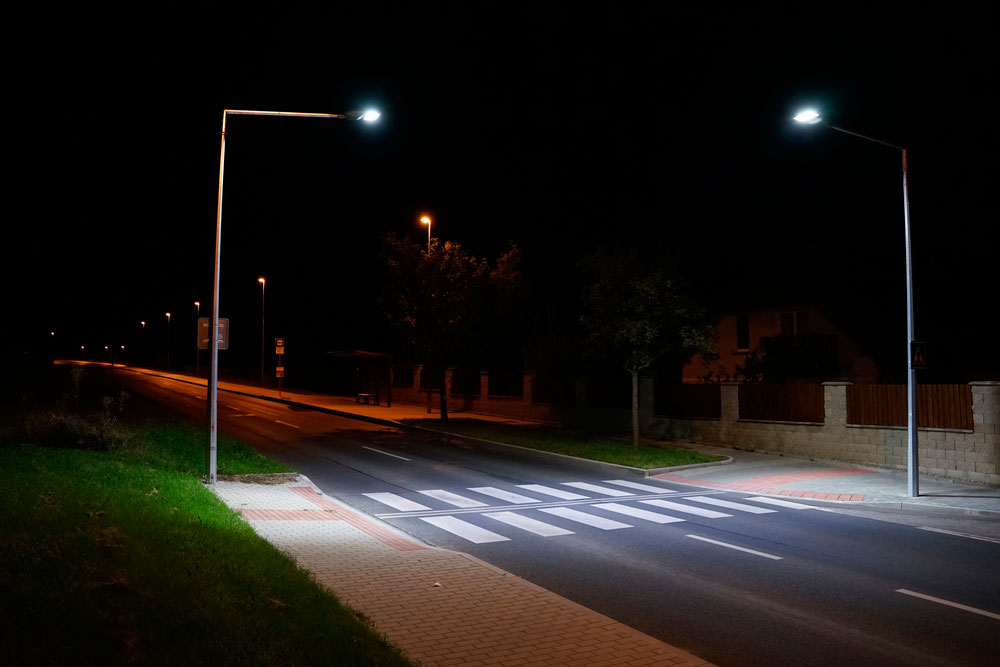Artificial lighting is an element that appears wherever we are. Therefore, when choosing the lights we are going to use, we must take into account several factors; among them, comfort.
In this article we will talk about a parameter that tells us whether a light is comfortable to use or not: the Unified Glare Rating (UGR).
Tabla de contenidos
ToggleWhat is the Unified Glare Rating?
This parameter is unknown to most people, but it gives us a lot of important information that will help us to choose the lighting that suits us best.
The UGR tells us how much glare a light generates in an enclosed space. The value of this parameter ranges from 10 to 30 and is generated depending on the user’s position and visual direction.
For many years, attempts have been made to measure the degree of glare using different methods. However, it was in 1995 that the UGR was proposed as a unified system for measuring this parameter.
Calculation of the UGR
To calculate this value, we can make use of the equation shown below:
UGR = 8 log {0,25/Lb Σ L2 ω / P2}
The factors that determine the UGR are: the angle of the light, the desired reflection and the luminance expressed in Lumens.
- Lb.. This is the background luminance perceived by the observing user.
- L. It refers to the luminance of each luminaire going in the direction of the user.
- ω. It is the angle that the bright part of the luminaire forms from the user’s view.
- P. Refers to the position index of each luminaire, at an individual level.
As mentioned above, UGR ranges from 10 to 30, with 10 being minimum illumination and 30 being uncomfortable glare.
When choosing the lighting for a room, another factor must be taken into account: the tabular method. This parameter tells us the reflectance levels of the elements in a room, which will help us to choose lighting that is different from other circumstances.
In the case of the ceiling, reflectance can be between 50% and 70%; on the floor it can be as high as 20%, and on the walls it can be between 30% and 50%. If the walls are white, these numbers can be increased to between 75% and 90%.
Appropriate UGR values
The UGR should not be the same for all cases, as we will need more or less lighting depending on where we are and what we are doing.
These would be the average values of UGR and its implication:
- UGR = 10. The lowest value, with an imperceptible glare.
- UGR = 13. A value that is still very low, with little noticeable glare.
- UGR = 16. This value is already noticeable, and is used for precise eye tasks, such as technical drawing.
- UGR = 19. This is the average value, so it is suitable for most tasks, such as office work.
- UGR = 22. This value is already above acceptable, so it is used for moderate eye tasks.
- UGR = 25. This value is quite high, so it can be used for simple tasks for the eyes, such as what may occur in heavy industry.
- UGR = +28. These are the highest values, which can occur in brightly lit areas such as hallways or stairwells.
We hope you found this article useful. We are specialists in LED lighting, so if you are interested you can visit our indoor lighting products or our articles on this subject.










